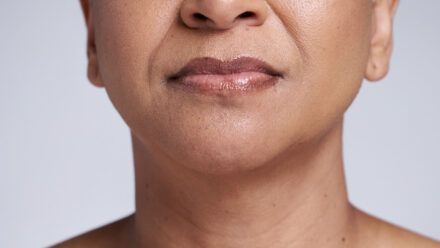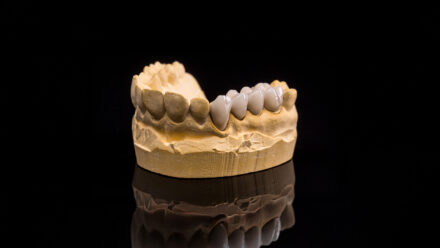Hair loss is a common issue that women face. Whether it is caused by genetics, age, stress, or any other factors, hair loss can cause thinning that can ultimately affect a woman’s appearance. Resultingly, many women get emotionally and psychologically affected by their hair loss as it lowers their self-confidence. A hair transplant is a permanent female hair restoration solution that can restore the thickness and beauty of a woman’s hair. Continue reading to find out all about the hair transplant for women and how it differs from men’s.
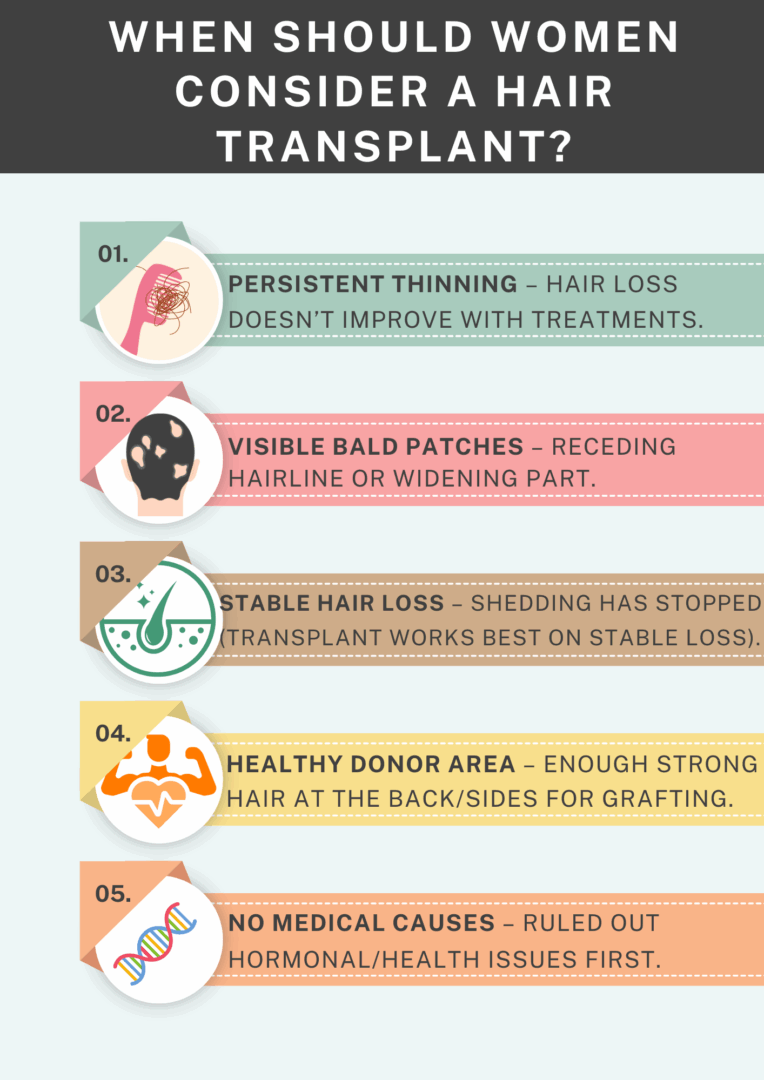
✂️Causes of Hair Loss in Women
While hair loss in men is often talked about, what many fail to understand is that hair loss is also extremely common in women. And, this hair loss can happen at any age. Since women’s hair is so closely connected with their femininity, losing it can cause a lot of psychological distress. Here are some of the common causes of hair loss:
Stress
Stress is one of the most common causes of hair loss in women. Human hair has a lifecycle (the growth phase, the transitional phase, and the resting phase), and stress can disrupt this cycle. Chronic stress can make the hair stay stuck in the resting phase, which can cause shedding.
Stress also causes an increase in cortisol, which is a stress hormone. Resultingly, the follicle’s cycle gets affected.
Aging
A decrease in the speed of hair growth is an inevitable part of aging. When women get closer to menopause, their hormone production decreases, which can negatively affect hair growth.
Diet
Excessive dieting can cause sudden weight loss, which can lead to nutritional deficiencies. The hair follicles need a good amount of blood flow for healthy hair growth, and this can happen if one’s diet is nutritious enough. Deficiencies in zinc, iron, and protein can cause hair thinning.
📍 You should work with your doctor to create a nutritious diet plan for weight loss before eliminating certain foods from your meals.
Alopecia Areata
Alopecia is an autoimmune disorder in which the body attacks the hair follicles, which then causes extreme hair loss.
📍You should consult your doctor for a proper treatment to help cure this disorder.
Genetics
Baldness can also be genetic. This condition is called Androgenetic Alopecia. Typically, people develop this condition as they grow older, but others might develop it much earlier in life. It involves the shedding of the hair, which later does not grow with the same thickness. With time, the hair growth gets slower and slower, until it eventually stops.
Childbirth
Childbirth can cause post-partum hair loss among women. When a woman is pregnant, she has boosted levels of placental oestrogen, which can extend the growth phase of the hair and make hair grow longer and thicker. After childbirth, this hair will begin to shed after a few months.
Tight Hairstyles
Tight hairstyles and extreme heat styling can damage the hair and eventually contribute to its shedding. Making tight hairstyles, in particular, can cause trauma to the follicle and eventually cause Traction Alopecia.
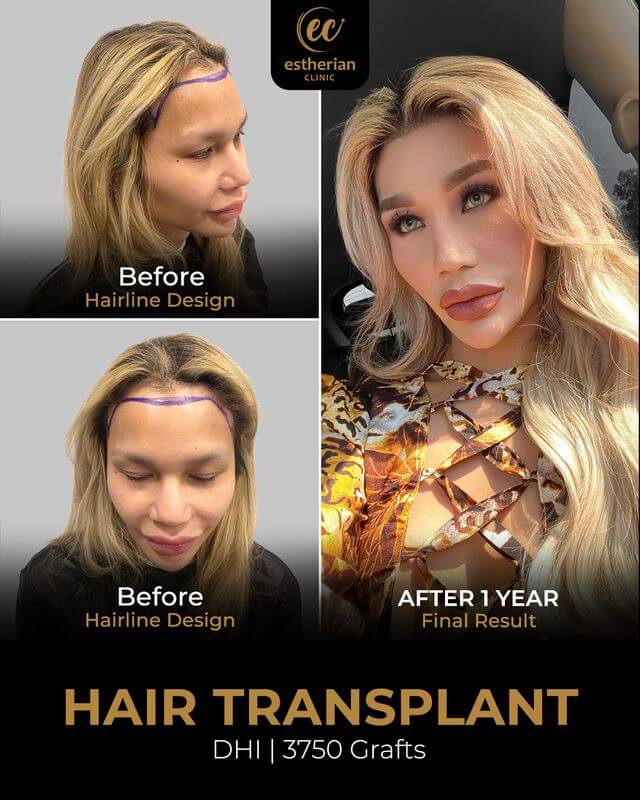
✂️ Who Should Avoid Getting a Hair Transplant?
- Those with autoimmune diseases such as lupus or health conditions, such as diabetes, and heart diseases, should not get a hair transplant.
- Since a hair transplant involves the use of anesthesia, those who are allergic to it or cannot tolerate it should not opt for a hair transplant.
- While a hair transplant can offer impressive results, it cannot provide drastic hair thickness. Those with unrealistic expectations will remain unsatisfied with the final result.
- Patients with scalp conditions such as psoriasis and dandruff should first receive treatment for these conditions and then consider a hair transplant.
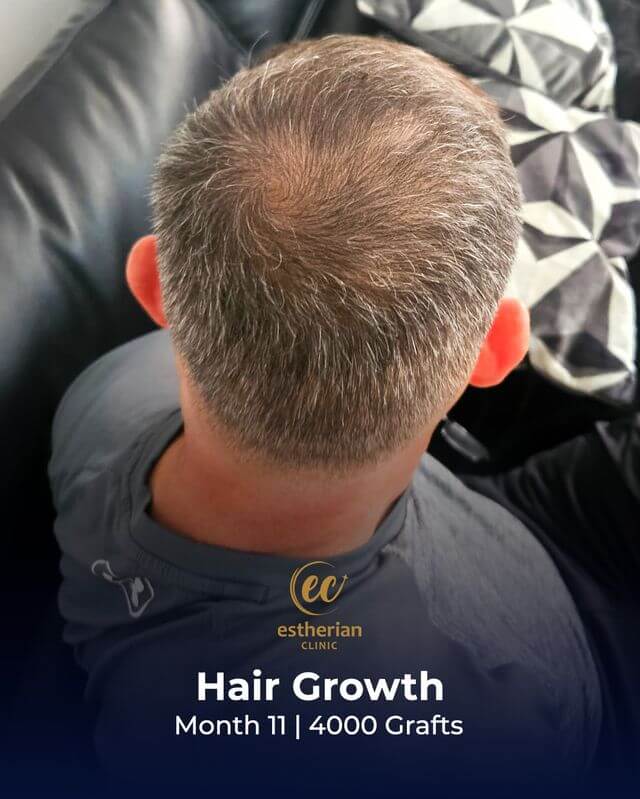
🔬 💉 Types of Hair Transplants for Women
FUE (Follicular Unit Extraction)
The Follicle Unit Extraction Method, or FUE, is a type of hair transplant method for women with hair loss. Moreover, this technique is minimally invasive and is ideal for women who experience bald patches or thinning on their head.
The main reason why it is the best for women as it has no linear scar since the surgeon collects individual hair follicles using a micro-punch tool and transplants them at a natural angle for seamless growth.
FUT (Follicular Unit Transplantation)
The FUT or Follicular Unit Transplantation method differs from the FUE method in that it involves the removal of a strip of scalp that has the hair follicles from the donor area. The strip is then converted into follicular units, which are then transplanted.
Moreover, the recipient area is prepared for the transplant with tiny incisions. Then, the follicular units are transplanted into these incisions in a way that mimics the natural hair growth.
One thing to note is that this method leaves behind a linear scar in the donor area.
DHI (Direct Hair Implantation)
Another one of the hair loss solutions for women is the DHI or Direct Hair Transplantation Technique. It is one of the most advanced and innovative transplantation methods. This method does not require any slits or incisions in the scalp. In fact, it uses a Choi implanter pen to implant individual follicles. Using the pen, each follicle is precisely implanted, which means there is little to no scarring.
🎯 Recovery & Results
After your hair transplant, you can expect some redness and slight scabbing for the first week.
When you go home after the transplant, you will be given a saline spray to help with better healing of the follicles.
After the first 5 days, the swelling will have subsided, and you can lightly wash your scalp. Moreover, you will be required to get a lot of rest after your transplant and should not be involved in activities such as smoking, drinking alcohol, etc, to facilitate better healing. The next few weeks will involve some shedding. Once the scabs have healed and the hair has fallen out, the follicles will then grow fresh hair.
The regrowth that happens 2 to 3 months after the transplant will be uneven, but you can expect most of your follicles to have grown hair between 5 to 8 months.

Contact Us Today!
If you want to know about the cost of a women’s hair transplant procedure or book an appointment with our hair transplant experts, contact us here.




